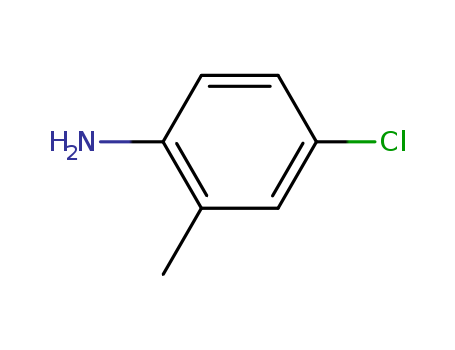10.1021/jp903900b
The research focuses on the excited-state dynamics of five GFP-chromophore imidazolone derivatives, which differ by the position and nature of their substituents. The study investigates these dynamics in various solvents with different viscosities and polarities, as well as in rigid media, using femtosecond-resolved spectroscopy. The experiments involved synthesizing the imidazolone derivatives, measuring their steady-state absorption and fluorescence spectra, and conducting time-resolved fluorescence and transient absorption measurements. The reactants used in the synthesis include hippuric acid, aromatic aldehydes, aromatic amines, and anhydrous KOAc in acetic anhydride or acetic acid. The analyses used to characterize the derivatives encompassed UV-vis spectroscopy, fluorescence spectroscopy, and quantum chemistry calculations using density functional theory (DFT) and time-dependent density functional theory (TDDFT). These methods allowed for a comprehensive investigation of the photophysical properties and nonradiative deactivation pathways of the GFP-inspired chromophores, providing insights into their potential applications in optoelectronics and as tunable fluorophores.
10.1080/15533174.2016.1212242
The study presents an efficient method for the synthesis of azlactone derivatives using zeolite NaY as a reusable heterogeneous catalyst under microwave irradiation and solvent-free conditions. Azlactones are compounds with significant biological and pharmaceutical properties, used as building blocks for various biologically active molecules. The chemicals used in the study include aromatic aldehydes, heterocyclic aldehydes, cyclic ketones, hippuric acid, and acetic anhydride (Ac2O). These reactants serve to form the azlactone derivatives through a condensation reaction. The purpose of using zeolite NaY is to catalyze this reaction, offering advantages such as good yields, short reaction times, simple work-up, and catalyst reusability, making the process mild and eco-friendly.
10.1080/15421400801926172
The research details the synthesis and investigation of new methacrylic oxazolone and thiazolidinone containing polymers for nonlinear optical (NLO) applications. The purpose of the study was to create polymers with potential NLO properties, which are crucial for various optical devices. The researchers synthesized oxazolone and thiazolidinone derivatives and examined their physicochemical properties through absorption and HNMR spectroscopies. They also explored the third-order NLO properties of these compounds in solution using the degenerate four-wave mixing (DFWM) method at 532 nm. The study concluded that the copolymer's NLO effect was higher than that of the corresponding homopolymer, attributing this to steric factors, and suggested that the new polymers show great promise for practical device applications. Key chemicals used in the process included various arylaldehydes, hippuric acid, acetic anhydride, anhydrous sodium acetate, and different methacrylic monomers such as methyl methacrylate (MMA), along with initiators like AIBN for polymerization.



 T,
T, N
N

